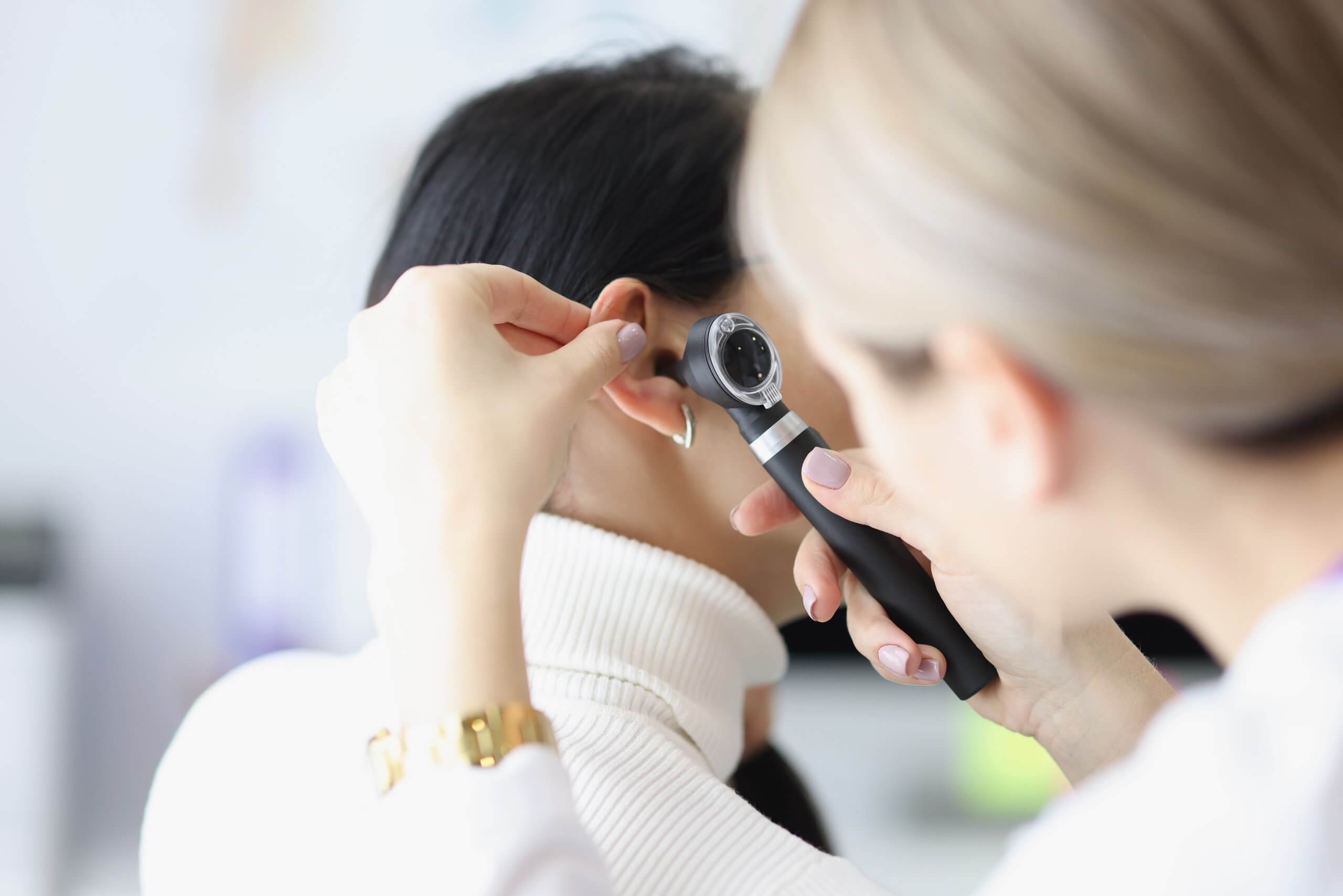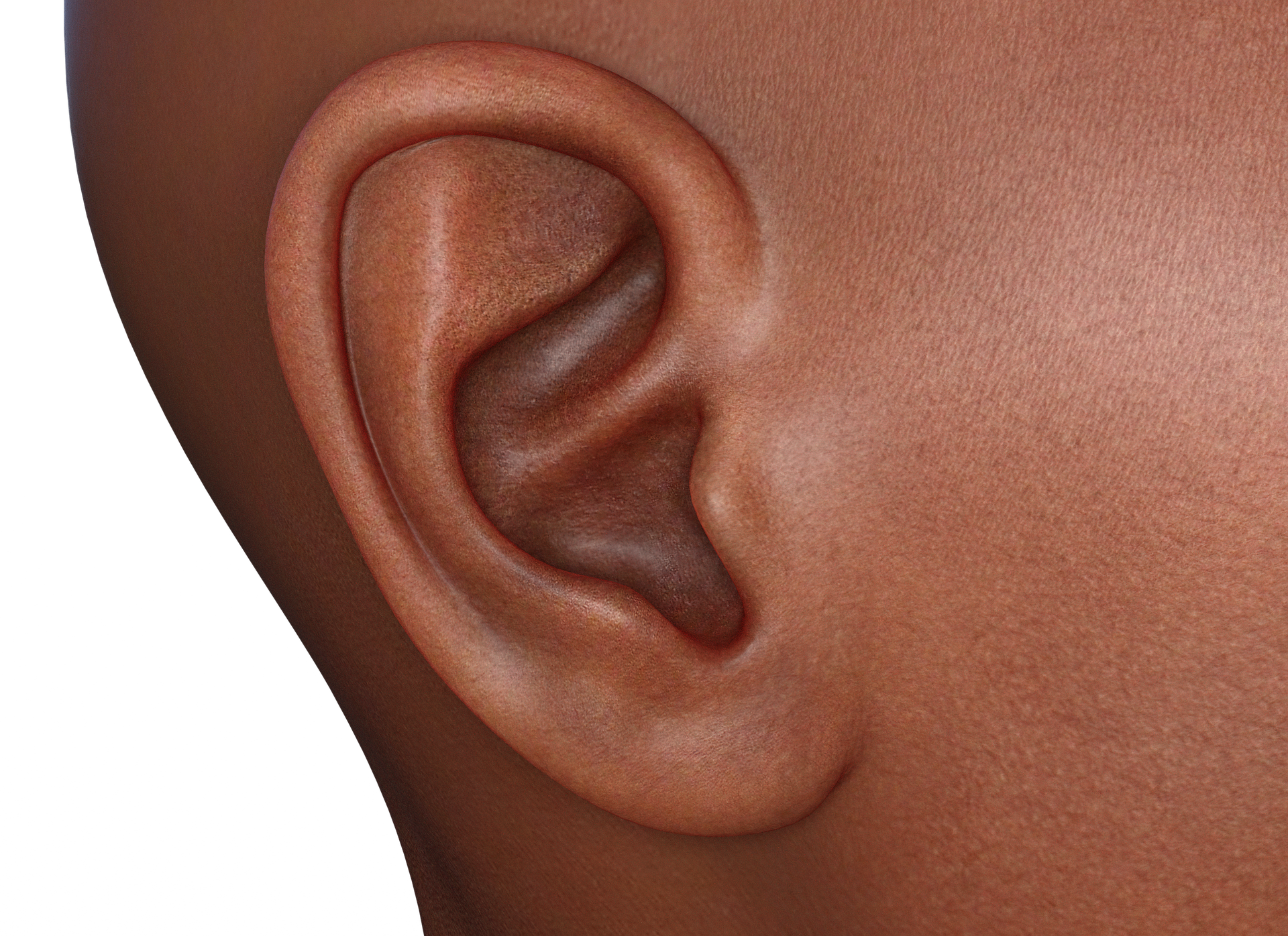Earache, like the pain you get from swimmer’s ear is a common complaint Causes of earache include bacterial or virus infections. They can also be caused by an abscess on a tooth, a throat infection or problems with earwax.
The outer ear is what you see on either side of your head. Inside there is a tube called the ear canal which leads into the middle ear and up to the ear drum.
The middle ear contains the ear canal and the eardrum. The inner ear is where you’ll find the eustachian tube and the cochlea. Most ear infections are in the outer or middle ear.
If you swim a lot, you may have suffered at some time or another from a complaint called ‘swimmer’s ear’ or ‘otitis externa.’ This type of ear infection affects the outer ear canal.
What is Swimmer’s ear?
If you have swimmer’s ear it is likely to have been caused by a bacterial or virus infection. These types of infections like warm, moist areas of your body.
When you swim, or even if you sweat a lot at the gym, the skin around your ear becomes soft. The soft skin means germs can easily pass through to your ear canal.
Swimmers tend to get otitis externa because they are in the water. Your wet ears create a moist atmosphere.
But even if you don’t swim you can also catch this infection. For example, if you regularly use cotton buds you can damage the protective wax in your ear. Damaging your ear wax allows bacteria and viruses to get into your ear more easily.
What are the Symptoms of Swimmer’s ear?
Some people only have mild symptoms, but others suffer from severe pain. Apart from earache, you might also experience itching around the ear canal and your outer ear can feel sore to the touch. If your ear canal is swollen, you might not be able to hear properly. Pus might also come out of your ear.
How Long will I Have the Symptoms?
If you don’t have any treatment, then your ear may be painful for a few weeks until the infection clears up. If you have treatment, then the infection will last between 7 and 10 days.
What is the Treatment for Swimmer’s Ear?
In severe cases, your doctor may prescribe antibiotic or antifungal ear drops. If you can’t get to your doctor, then you could try an over-the-counter spray called Otinova.
Otinova is a spray that goes directly into your ear canal. It works by drying out your ear canal and relieving any itching. You or children older than 5 years old can use the spray as long as you don’t have a perforated eardrum, or you have a grommet or drainage tube fitted.
Is Otinova an Antifungal?
Yes. Otinova has been scientifically proven to have an antifungal and antibacterial effect. It contains aluminium acetate which is an astringent used to treat inflammation and itching. It also contains Burow’s solution which helps stop the growth of fungus and bacteria.
How do you use Otinova?
You spray a fine mist into your ear canal once or twice in the morning and evening. Hold your head to one side to make sure the spray flows along the ear canal. You can use the spray for 7 days.
Don’t use it for any longer than 7 days because your ear canal could become too dry and may affect your hearing. If your symptoms haven’t improved within 7 days, then you should consult your GP.
Where Can I Buy Otinova?
You can buy Otinova here at VSM Pharmacy. It is approved as an over-the-counter treatment for otitis externa or ear canal inflammation.
If you’re not sure what you need for an ear infection talk to a member of staff. Children are covered under the Pharmacy First Scheme for earache. Coming into the Pharmacy may be quicker than waiting for a doctor’s appointment.




